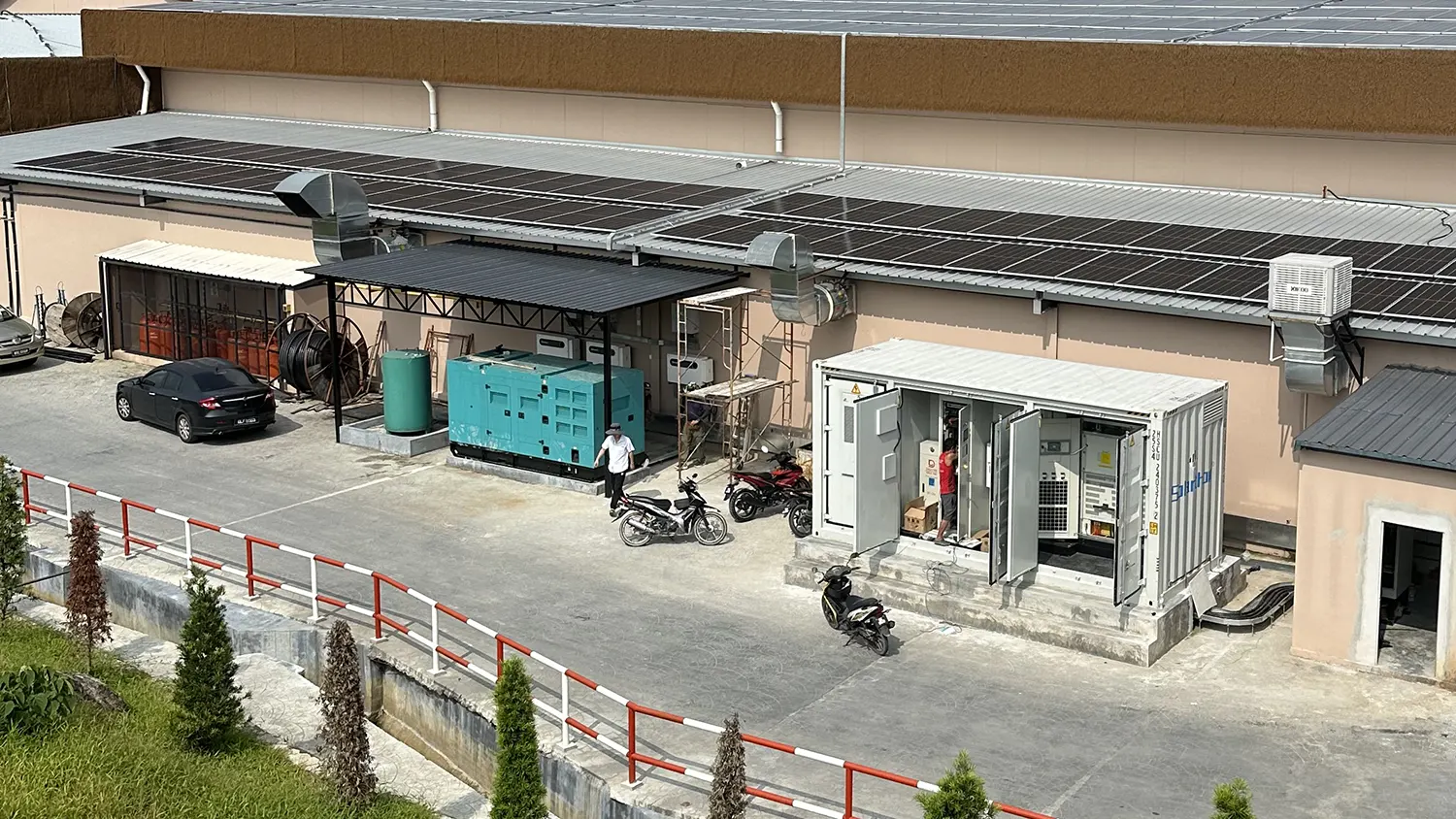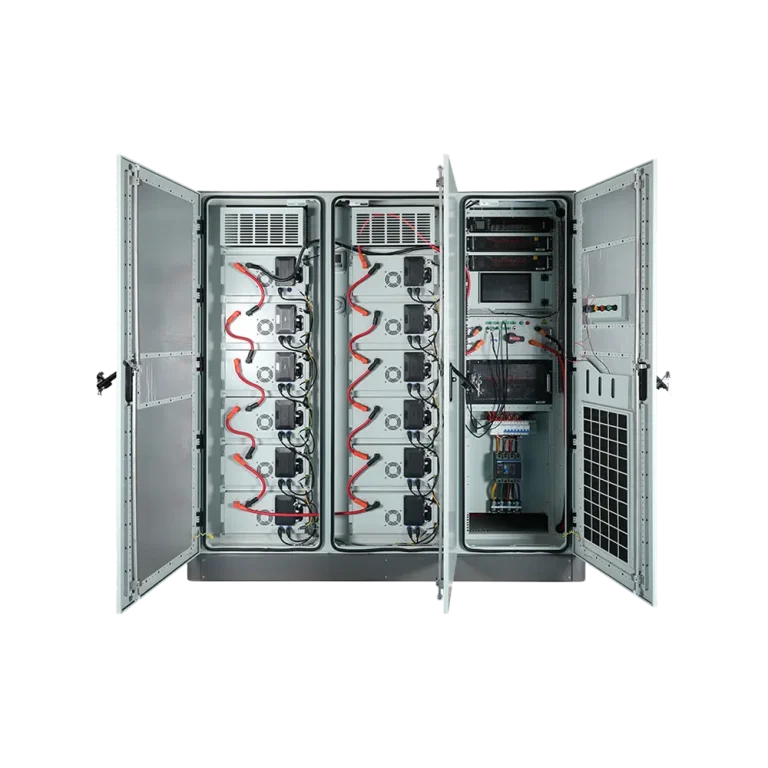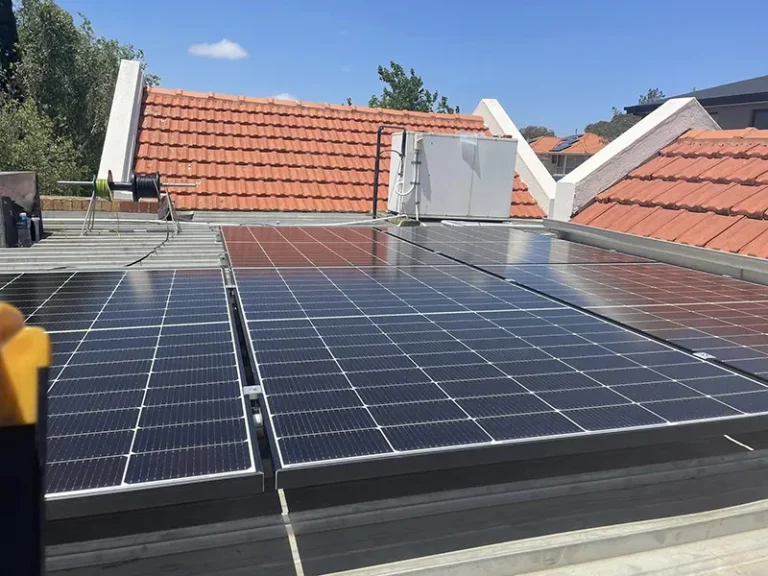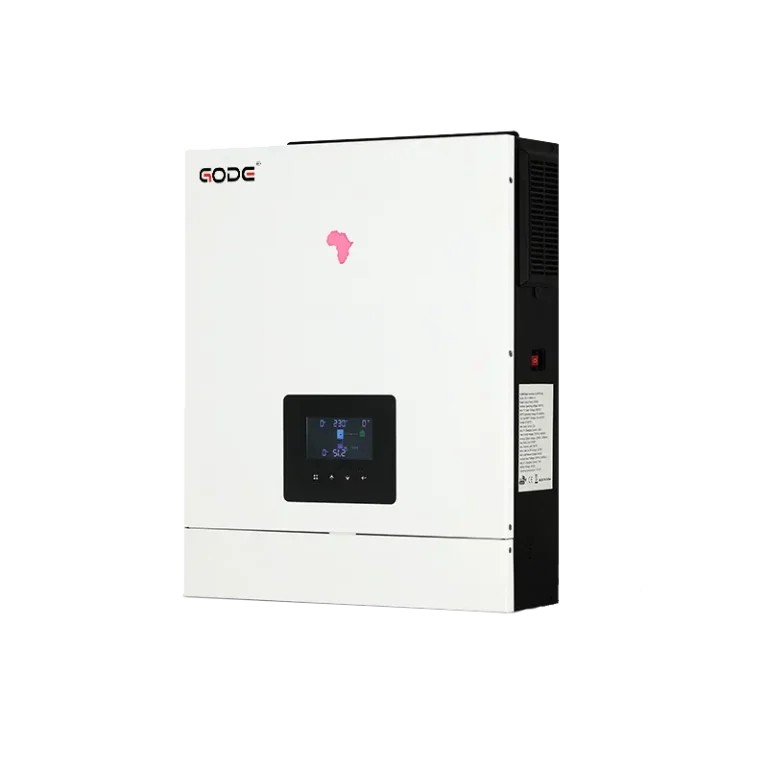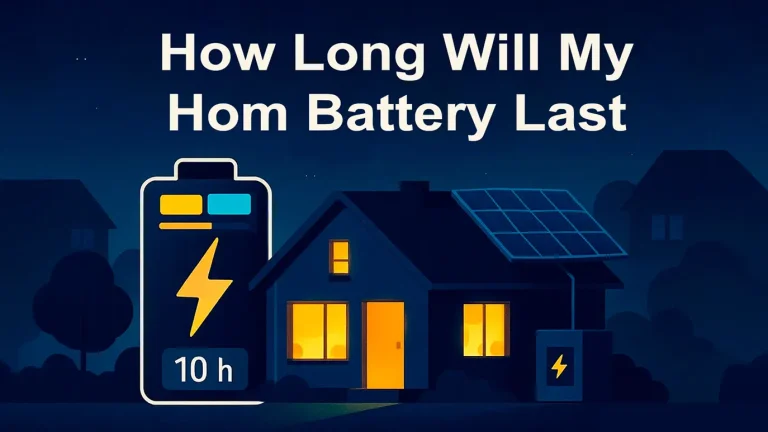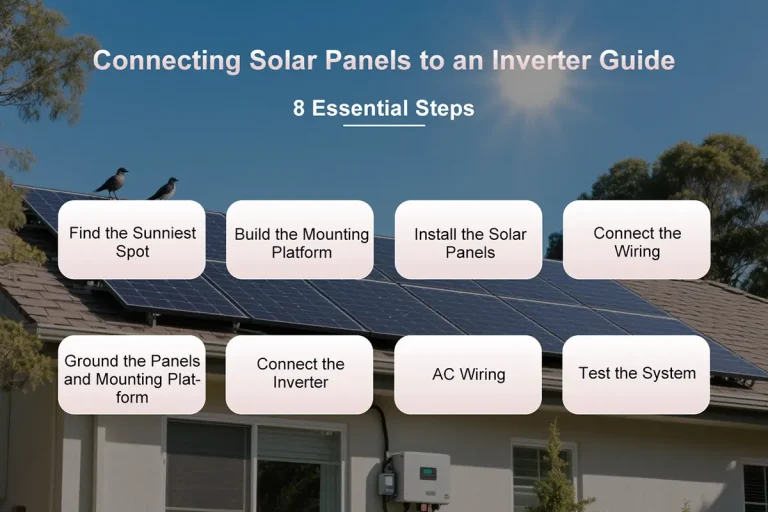12 May, 2025
DC/AC Ratio Explained: What It Means and the Best Range for Solar Systems
What is DC/AC Ratio?
The DC/AC ratio, also known as the DC to AC ratio, refers to the ratio between the direct current (DC) rated power of a photovoltaic (PV) array and the alternating current (AC) rated output of an inverter.
Formula:
DC/AC Ratio= PV Array’s DC Power (kW) / Inverter’s AC Power (kW)
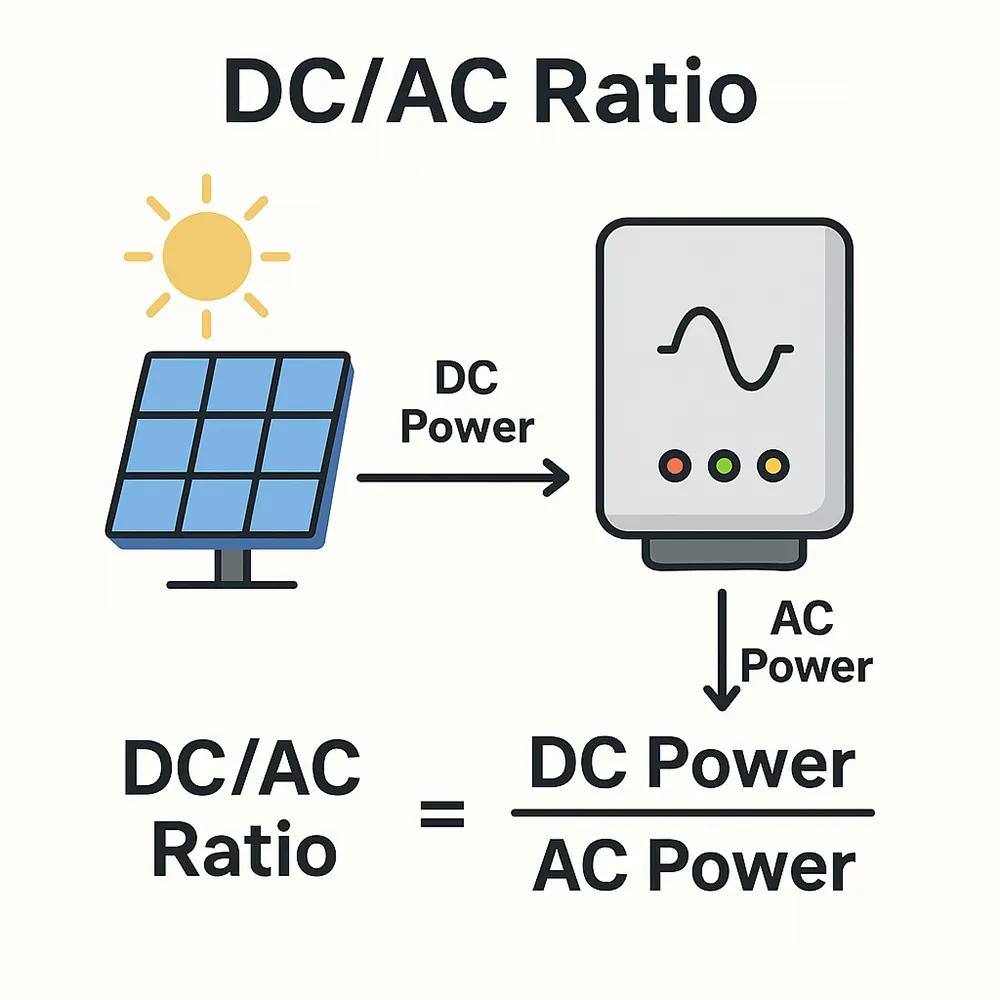
Example:
If a PV array has a rated DC capacity of 12kW and the inverter has an AC rated output of 10kW, the DC/AC ratio would be 1.2.
What Is the Ideal DC/AC Ratio?
In most cases, the ideal DC/AC ratio typically ranges between 1.2 and 1.4. However, the optimal value can vary based on local climate conditions, equipment costs, and specific project goals.
| Application Scenario | Recommended DC/AC Ratio |
| Standard Residential or Commercial Solar Projects | 1.1 ~ 1.3 |
| Cloudy Regions or Low Light Areas | 1.3 ~ 1.5 |
| High-Sunlight Regions | Around 1.1 or slightly lower |
| Expensive Inverters and Cheap Panels (Economic Optimization) | 1.3 ~ 1.5 |
| Cases Where Inverter Overloading Must Be Minimized | 1.1 or lower |
Risks of a High DC/AC Ratio (>1.5)
Common Issues:
- Clipping Loss: When sunlight is abundant, the inverter becomes overloaded and cannot convert all available DC power into AC, resulting in energy loss.
- Equipment Stress: Prolonged high-load operation can shorten inverter lifespan.
- Reduced ROI: Excess solar panel capacity is underutilized, lowering overall system returns.
Example:
If a system has a DC/AC ratio of 1.8 (18kW DC to 10kW AC inverter), during peak sunlight hours, the inverter can only output 10kW, and the extra 8kW is “clipped.”
Risks of a Low DC/AC Ratio (<1.0)
Common Issues:
- Inverter Underutilization: AC capacity is not fully used, leading to investment waste.
- Reduced Energy Yield: During peak sunlight, the system output is limited.
- Higher System Costs: Oversized inverters result in higher initial investment and installation costs.
Example:
If a system has a DC/AC ratio of 0.8 (8kW DC to 10kW AC inverter), the inverter would often operate below its full capacity, leaving 2kW unused.
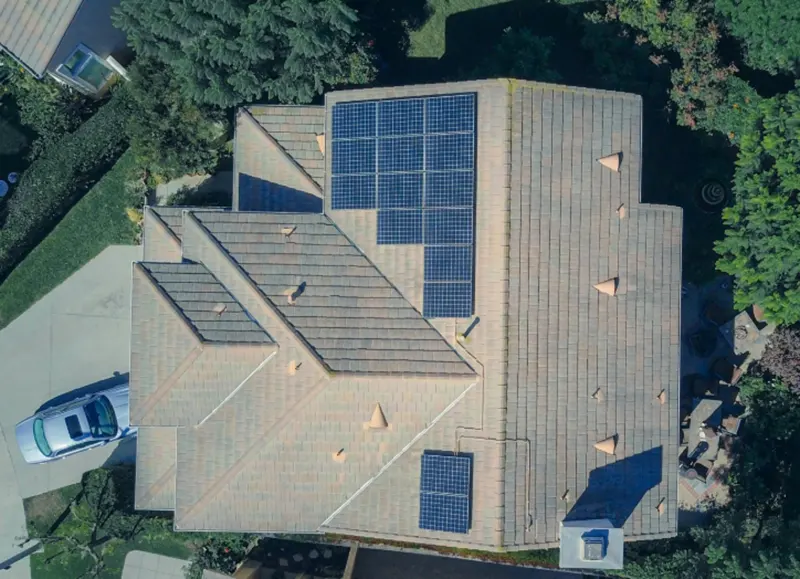
Key Factors to Balance When Designing DC/AC Ratio
- 1. Clipping Tolerance: A small amount of clipping (e.g., less than 5% of annual hours) is often acceptable to achieve higher overall energy production.
- 2. Temperature Impact: In high-temperature regions, PV module efficiency decreases, thus a higher DC/AC ratio can help compensate for losses.
- 3. Inverter Technology: Some inverters allow short-term overloading (e.g., up to 110% rated output), offering more flexible system designs.
Real-World Optimization Case
In California, where solar irradiance is strong and temperatures are moderate, a solar plant was designed with a DC/AC ratio of 1.3. This setup achieved a 12% increase in annual energy production, with only 2% clipping losses, delivering the best overall economic return.
Conclusion
Designing the right DC/AC ratio is crucial for maximizing the efficiency, lifespan, and profitability of a solar PV system. By carefully balancing local conditions, equipment characteristics, and project goals, solar developers can significantly improve the overall performance and financial returns of their solar installations.
share

